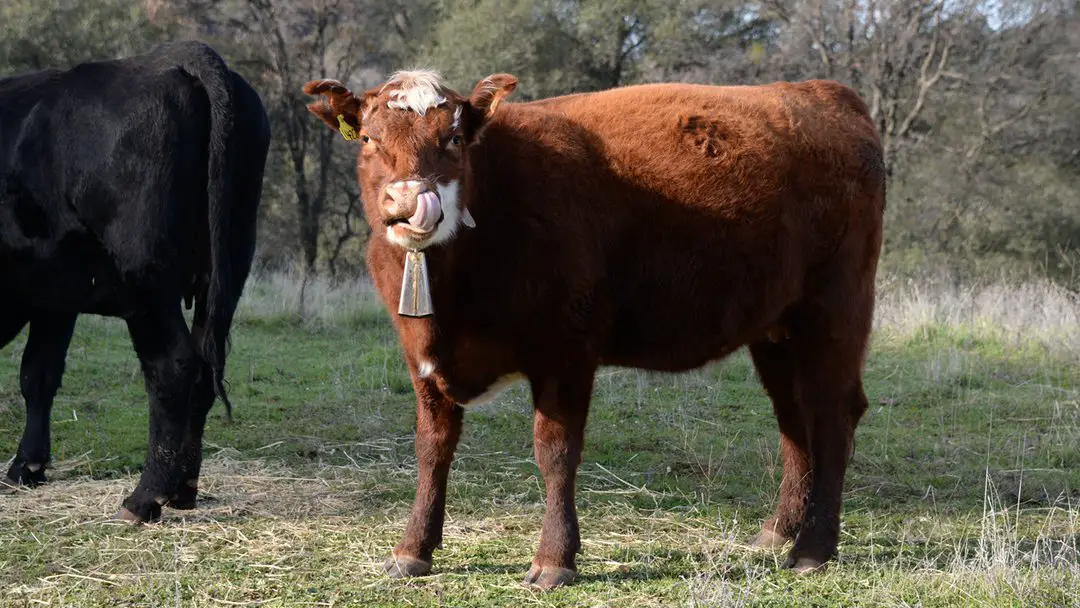
Many gardeners have learned tons of quaint gardening tricks from their parents or grandparents. In their day, they didn’t run to the shop whenever they needed something for his or her garden. Instead, they used what was available, like eggshells, to enhance their soil. Some old-fashioned methods work, but there are some ideas that are purely garden myths!
Myth 1- Beer may be a great fertilizer
Beer is usually water, high in sugars, and has natural microorganisms – three things a garden likes, right? Actually, this is often an upscale thanks to achieving equivalent results as just using regular water. The sugars and yeast in beer are not any better for your soil than they’re for you. Alcohol is additionally not good fertilizer. Save the beer for your next lawn party and persist with proven fertilizers to spice up your soil’s microbiology and nutrients.
Myth 2 – Bury a banana skin to spice up potassium in your soil
Bananas are an honest source of potassium for people, why not feed your garden with the leftover peel? While adding a banana skin or two won’t hurt your garden, it won’t provide the soil the nutrients it needs either. The potassium in peels is during a form that’s not quickly available to plants. once you add it to your garden, it’s going to also attract bugs, rodents or other pests. Put those peels to raised use by throwing them within the compost heap or if you’ve got a worm bin, give them a treat.
Myth 3 – Use dregs to lower your soil pH
Coffee is slightly acidic, and it seems to form sense to feature used grounds around acid-loving plants like blueberries and azaleas. However, dregs even have little or no effect on soil pH. Like banana peels, they mostly act as organic matter. It’s far better to feature them to the compost heap or worm bin and feed your acid lovers with fertilizers that are designed only for them.
Myth 4 – Change out your container plants’ soil per annum
It’s true that container plants need fresh nutrients and soil added since they don’t have a soil food cycle to naturally replenish the soil. However, in most cases, the soil only needs to be changed once every few years. rather than adding all-new soil this year, you’ll give your container plants a nutrient boost fertilization with a balanced fertilizer. an honest time to vary out the soil is when the plants have outgrown the container and it’s time to report into a bigger one. Saving money by using free fertilizers is good, but these tricks don’t give your garden what it must grow. So save your scraps for the compost heap or worm bin. Fertilize effectively, and grow organic for life!
